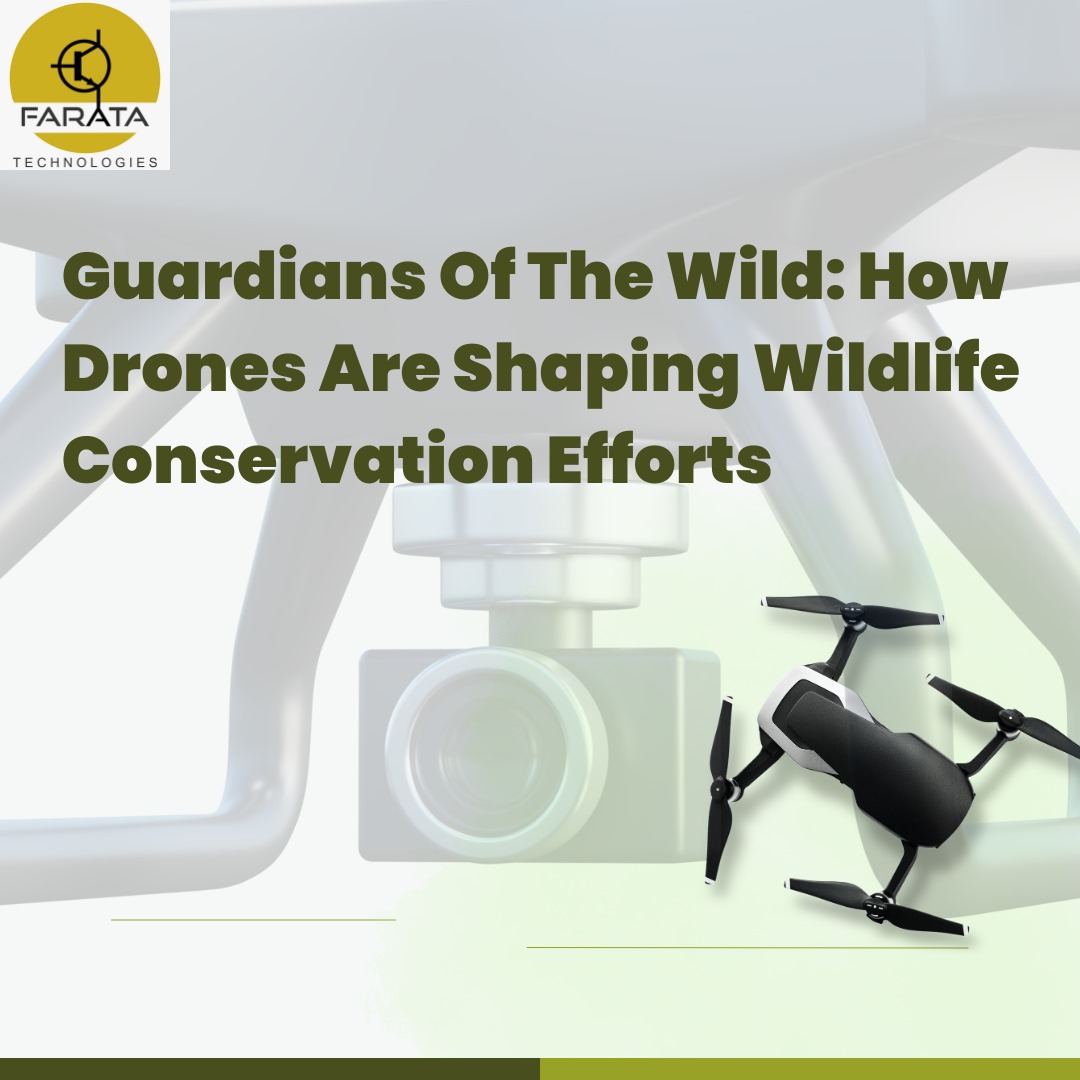
Introduction
The conservation of wildlife and protection of endangered species are among the most pressing challenges facing our planet today. Poaching, habitat loss, and human encroachment threaten the survival of countless species, necessitating innovative approaches to conservation. Drones have emerged as powerful tools in the fight against wildlife crime, offering aerial surveillance capabilities that enhance anti-poaching efforts, monitor wildlife populations, and detect illegal activities in protected areas. Equipped with advanced sensors and imaging technologies, drones are revolutionizing wildlife conservation efforts, providing invaluable support to conservationists, park rangers, and law enforcement agencies in safeguarding biodiversity and preserving natural habitats.
Aerial Surveillance for Anti-Poaching :
Poaching poses a significant threat to wildlife populations, driving many species to the brink of extinction. Drones play a crucial role in anti-poaching efforts by providing aerial surveillance of protected areas and wildlife reserves. Equipped with high-resolution cameras and thermal imaging sensors, drones can patrol vast expanses of land, monitor wildlife movements, and detect poaching activities in real-time. By providing park rangers and law enforcement agencies with actionable intelligence, drones enable swift response to poaching incidents, apprehension of perpetrators, and protection of endangered species from illegal exploitation.
Tracking Wildlife Populations :
Monitoring wildlife populations is essential for conservation efforts, allowing researchers to assess population trends, habitat usage, and migration patterns. Drones equipped with cameras and GPS tracking systems offer a non-invasive and efficient means of tracking wildlife in their natural habitats. From elephants and rhinos to sea turtles and migratory birds, drones can capture aerial footage of wildlife populations, providing insights into behavior, population dynamics, and habitat preferences. This data informs conservation strategies, such as habitat restoration, protected area management, and species reintroduction programs, aimed at preserving biodiversity and restoring ecosystems.
Detection of Illegal Activities :
Drones are instrumental in detecting and deterring illegal activities, such as poaching, logging, and encroachment, in protected areas. Thermal imaging sensors onboard drones can detect heat signatures of poachers, even in dense foliage or at night, enabling law enforcement agencies to intercept illegal activities before they escalate. Additionally, drones equipped with LiDAR technology can generate detailed 3D maps of terrain, facilitating the identification of illegal infrastructure, such as poaching camps or illegal logging sites. By providing real-time situational awareness, drones serve as force multipliers in the fight against wildlife crime, enhancing the effectiveness of conservation efforts and reducing the impact of human activities on natural ecosystems.
Community Engagement and Education :
Drones have the potential to engage local communities and raise awareness about wildlife conservation through aerial imagery and storytelling. By capturing stunning aerial footage of protected areas, wildlife habitats, and endangered species, drones inspire appreciation for the beauty and diversity of the natural world. Furthermore, drones can be used to disseminate educational materials, conduct outreach programs, and involve communities in citizen science initiatives aimed at monitoring wildlife populations and contributing to conservation efforts. By fostering a sense of stewardship and empowerment, drones empower communities to become active participants in safeguarding their natural heritage for future generations.
Challenges and Considerations :
While drones offer significant benefits for wildlife conservation, their use is not without challenges and considerations. Regulatory restrictions, airspace management, and technological limitations may pose barriers to effective drone operations in remote or protected areas. Additionally, concerns about privacy, wildlife disturbance, and community acceptance require careful consideration and engagement with stakeholders. To maximize the effectiveness and acceptance of drone-based conservation initiatives, collaborative partnerships between conservation organizations, government agencies, and local communities are essential, ensuring that drones are deployed responsibly and ethically in support of wildlife conservation goals.
Conclusion
Drones equipped with cameras, sensors, and advanced technologies are revolutionizing wildlife conservation efforts, providing invaluable support to anti-poaching efforts, wildlife monitoring, and habitat protection initiatives. From aerial surveillance of protected areas to tracking wildlife populations and detecting illegal activities, drones enhance situational awareness, improve response times, and mitigate threats to biodiversity and endangered species. As drone technology continues to evolve and become more accessible, the integration of drones into wildlife conservation strategies is poised to accelerate, driving innovation, resilience, and sustainability in the global effort to safeguard our planet's natural heritage for generations to come.
